Find Help
More Items From Ergsy search
-

Back stretches | NHS
Relevance: 100%
-
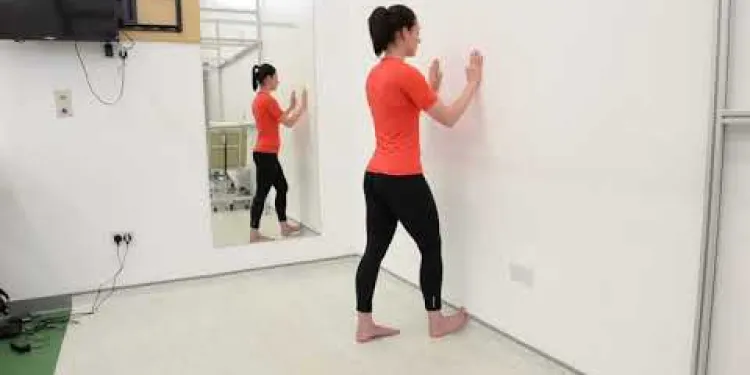
Plantar Fascia Wall Stretch
Relevance: 61%
-
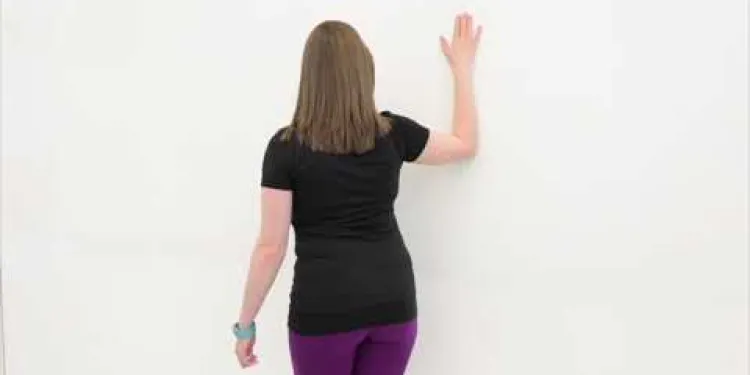
Frozen Shoulder Anterior Shoulder Stretch
Relevance: 54%
-

Parent guide to club foot stretches: Step 1
Relevance: 48%
-

How to treat back pain | NHS
Relevance: 46%
-

Useful information for patients with lower back pain
Relevance: 45%
-
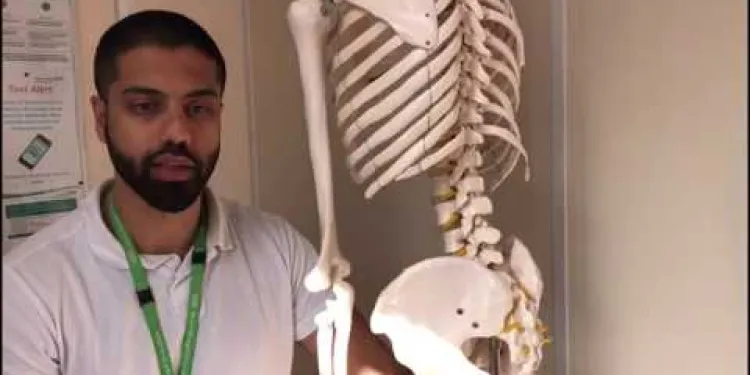
MSK Lower Back Pain information video
Relevance: 45%
-

How do chiropractors treat back pain?
Relevance: 43%
-

Mechanical Lower Back Pain
Relevance: 42%
-

Pilates for back pain: Seated waist twist | NHS
Relevance: 41%
-

Useful information for patients with lower back pain
Relevance: 39%
-
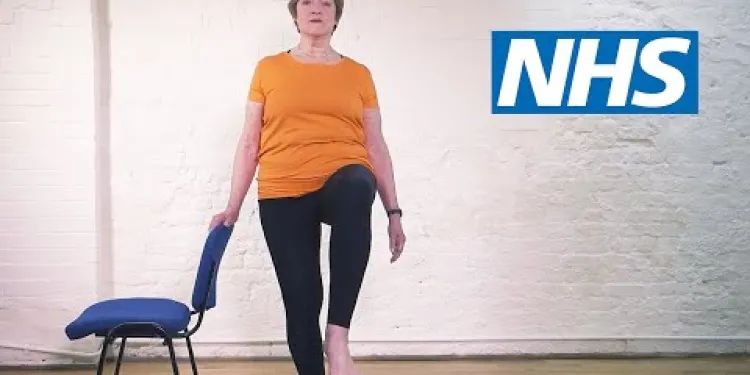
Pilates for back pain: Standing on one leg | NHS
Relevance: 37%
-

Pilates for back pain: Seated waist twist | NHS
Relevance: 37%
-

Should I avoid lying on my back during exercise?
Relevance: 36%
-

Are there any fees to claim money back?
Relevance: 35%
-

Exercises for sciatica: piriformis syndrome | NHS
Relevance: 32%
-

Evidence-Based Interventions: injections for non-specific low back pain without sciatica
Relevance: 31%
-

Do I need a lawyer to claim money back?
Relevance: 29%
-

How can I claim money back from my water company?
Relevance: 28%
-
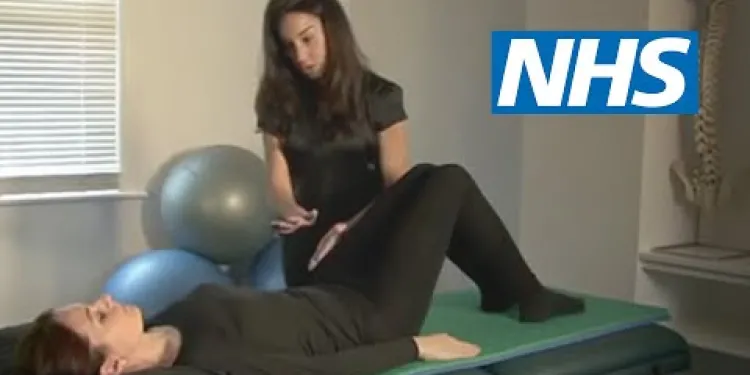
Exercises for sciatica: degenerative disc disease | NHS
Relevance: 28%
-
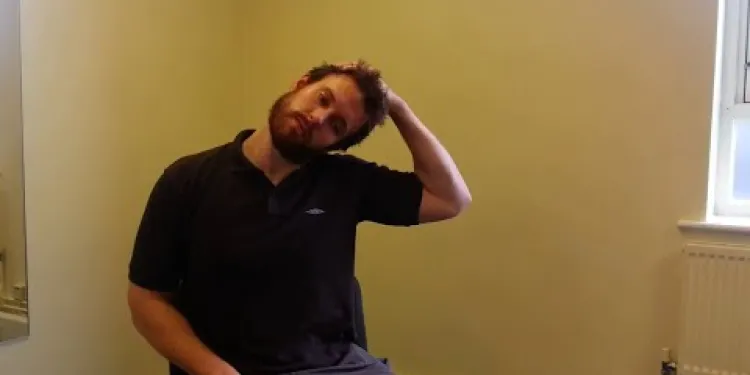
Neck Care Exercises
Relevance: 27%
-

Do I need to pay back Household & Cost-of-Living grants?
Relevance: 26%
-
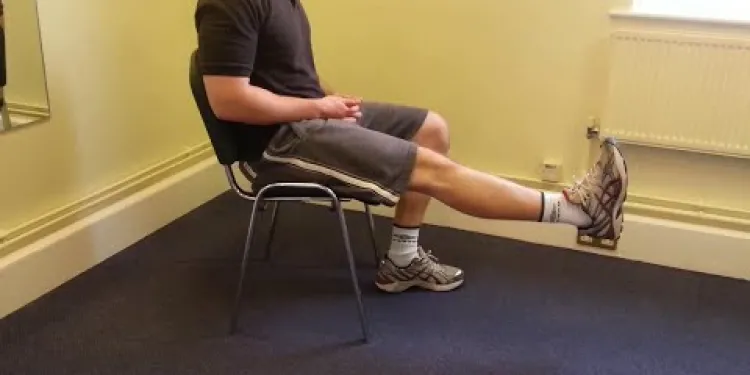
Knee Care Exercises
Relevance: 25%
-

Neck Exercises
Relevance: 25%
-

Are there specific exercises that can help with Carpal Tunnel Syndrome?
Relevance: 24%
-

What is the first step to claim money back from my water company?
Relevance: 24%
-
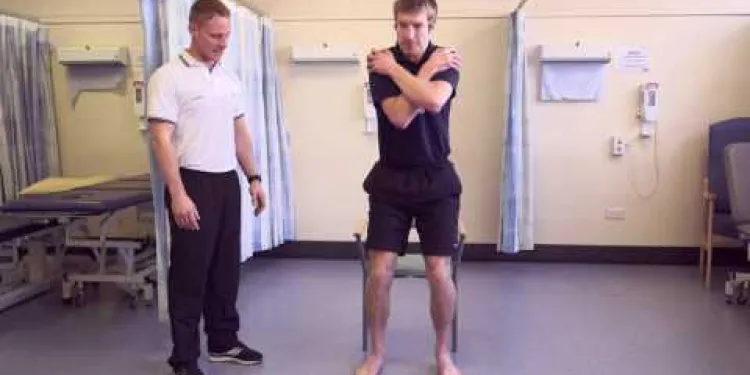
Exercises to help your lateral hip pain
Relevance: 23%
-
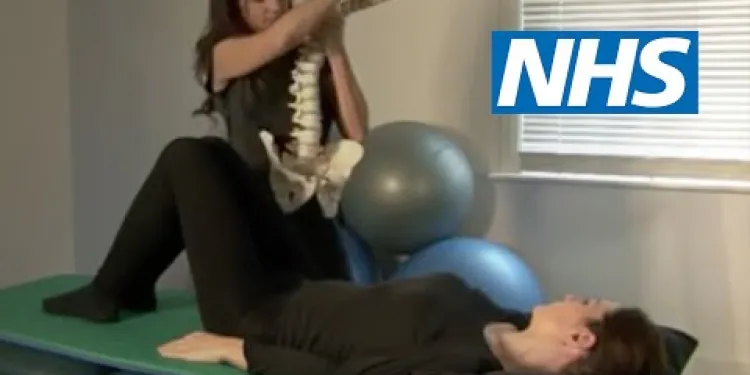
Exercises for sciatica: herniated or slipped disc | NHS
Relevance: 22%
-
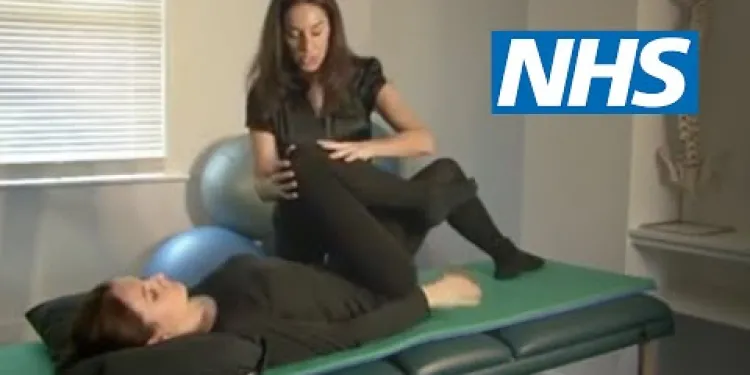
Exercises for sciatica: spinal stenosis | NHS
Relevance: 22%
-

Exercises for sciatica: herniated or slipped disc | NHS
Relevance: 22%
-
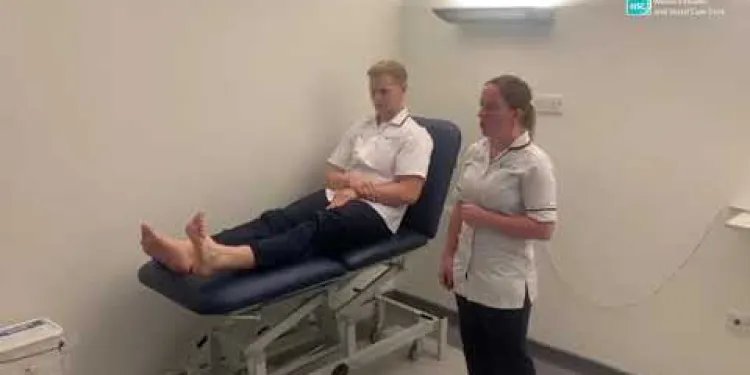
Physiotherapy Exercises following an Ankle Fracture
Relevance: 21%
-

Can I claim money back for service disruptions?
Relevance: 20%
-

Can I claim money back for incorrect billing?
Relevance: 20%
-

How can I prevent Carpal Tunnel Syndrome?
Relevance: 19%
-
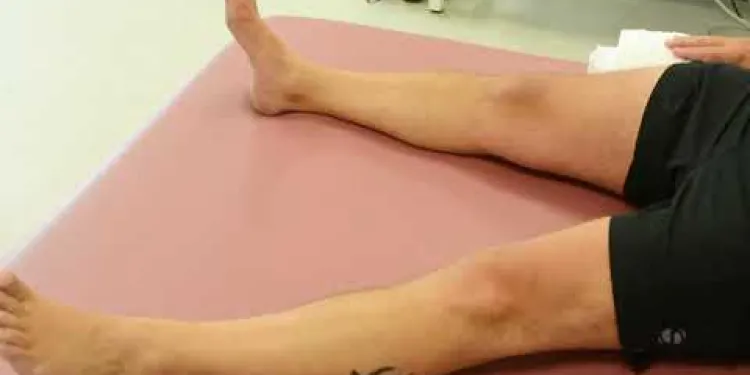
Joint School - Hip Exercises
Relevance: 19%
-
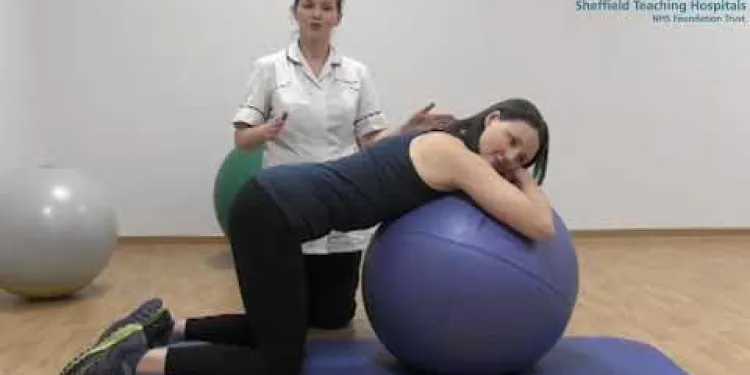
Mat and gym ball exercises with pregnancy related Pelvic Girdle Pain
Relevance: 19%
-

How can I modify my yoga practice during pregnancy?
Relevance: 19%
-
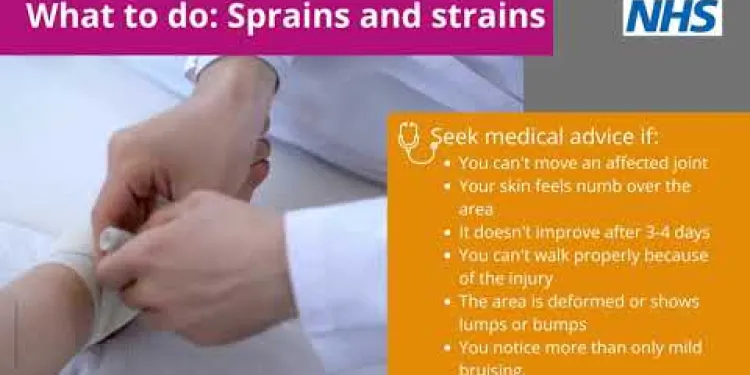
Self-care for sprains and strains
Relevance: 19%
-

Can exercises help with labor preparation?
Relevance: 17%
-
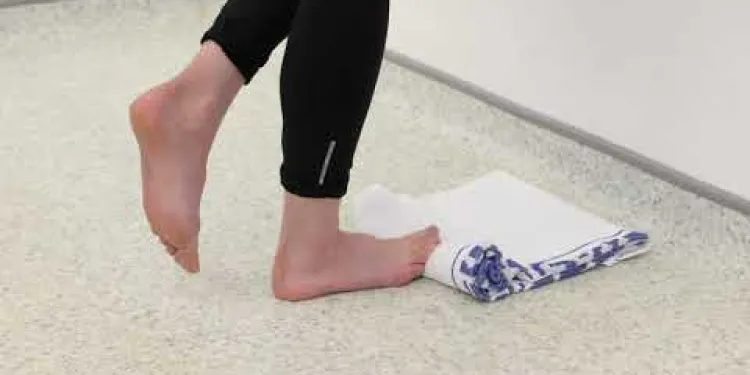
Plantar Fascia Loading Exercise (High Load Exercise)
Relevance: 16%
Back Stretches: NHS Recommendations for a Healthier Back
Introduction to Back Stretches
Back stretches are essential exercises that help maintain and improve flexibility, posture, and overall spine health. They can alleviate discomfort and prevent injuries associated with prolonged sitting and other activities. The NHS recommends a variety of back stretches for individuals seeking to enhance their physical wellbeing and avoid back-related ailments.Benefits of Back Stretches
Back stretches provide multiple benefits, including: 1. **Improved Flexibility:** Regular stretching can enhance the range of motion of your spine and surrounding muscles. 2. **Pain Relief:** Gentle stretches can alleviate pain and tension in the back, promoting better comfort throughout the day. 3. **Posture Correction:** Stretching helps correct poor posture by lengthening tight muscles and aligning the spine. 4. **Injury Prevention:** Keeping the back muscles flexible and strong reduces the risk of strains and injuries, particularly for those engaged in physical activities or sedentary jobs.Recommended Back Stretches
The NHS suggests various stretches that target different areas of the back. Here are some recommended exercises: 1. **Child’s Pose:** - Begin on your hands and knees. - Sit back on your heels while extending your arms forward on the floor. - Hold the stretch for 20-30 seconds and repeat a few times. 2. **Cat-Cow Stretch:** - Start on your hands and knees in a tabletop position. - Arch your back towards the ceiling (Cat Position), then dip it towards the floor while lifting your head (Cow Position). - Alternate between these positions, holding each for a few seconds, and repeat for 1-2 minutes. 3. **Knee-to-Chest Stretch:** - Lie on your back with knees bent and feet flat on the floor. - Pull one knee towards your chest while keeping the other foot on the floor. - Hold for 20-30 seconds and switch legs. Repeat a few times for each leg. 4. **Lower Back Rotation Stretch:** - Lie on your back with knees bent and feet flat on the floor. - Keeping your shoulders against the floor, gently roll your bent knees to one side. - Hold for 20-30 seconds and switch to the other side. Repeat the stretch a few times.Precautions and Tips
When performing back stretches, it's crucial to: - **Warm Up:** Always start with a brief warm-up to prepare your muscles. - **Avoid Overstretching:** Stretching should be gentle and not cause pain. Stop immediately if you feel any sharp or unusual pain. - **Breathe Normally:** Maintain regular breathing throughout each stretch to avoid muscle tension. - **Consult a Professional:** If you have existing back conditions or concerns, consult your GP or a physiotherapist before starting new exercises. By incorporating these recommended back stretches into your daily routine, you can help promote spinal health, reduce pain, and enhance overall physical wellbeing.Back Stretches: NHS Recommendations for a Healthier Back
Introduction to Back Stretches
Back stretches are important exercises. They help keep your back flexible and healthy. Stretching can make your posture better and stop injuries. The NHS gives advice on different stretches for a strong and pain-free back.Benefits of Back Stretches
Doing back stretches can help you in many ways: 1. **Better Flexibility:** Stretching helps your back and muscles move easily. 2. **Less Pain:** Gentle stretches can stop pain and make you feel comfortable. 3. **Good Posture:** Stretches help fix bad posture by straightening your back. 4. **Avoid Injuries:** Flexible muscles are less likely to get hurt. This is very helpful if you sit a lot or do physical activities.Recommended Back Stretches
The NHS suggests these stretches for your back: 1. **Child’s Pose:** - Get on your hands and knees. - Sit back on your heels and stretch your arms in front. - Stay in this pose for 20-30 seconds. Do this a few times. 2. **Cat-Cow Stretch:** - Start on your hands and knees like a table. - Arch your back up (Cat Position), then lower it and lift your head (Cow Position). - Move between these for 1-2 minutes. 3. **Knee-to-Chest Stretch:** - Lie down on your back with knees bent. - Bring one knee to your chest, keeping the other foot on the floor. - Hold for 20-30 seconds. Switch legs and repeat. 4. **Lower Back Rotation Stretch:** - Lie on your back with knees bent. - Keep your shoulders on the floor and gently roll knees to one side. - Hold for 20-30 seconds, then switch sides. Do this a few times.Precautions and Tips
When stretching, remember to: - **Warm Up:** Do a quick warm-up to get your muscles ready. - **Be Gentle:** Stretching should not hurt. Stop if you feel pain. - **Breathe:** Keep breathing normally to relax your muscles. - **Ask a Professional:** If you have back issues, talk to a GP or physiotherapist before trying new exercises. By doing these stretches daily, you can help your back stay healthy and reduce pain.Frequently Asked Questions
What are some basic back stretches I can do at home?
You can try knee-to-chest stretches, lower-back rotational stretches, and cat-cow stretches. These are easy to do and help improve flexibility and relieve tension.
How often should I perform back stretches?
It's generally recommended to perform back stretches daily or at least 3-4 times a week to maintain flexibility and reduce the risk of back pain.
Are there any specific stretches for lower back pain?
Yes, some effective stretches for lower back pain include the child's pose, pelvic tilts, and the seated forward bend. These stretches can help relieve pain and tension in the lower back.
Can stretching actually relieve back pain?
Yes, regular stretching can help alleviate back pain by improving flexibility, reducing muscle tension, and increasing blood flow to the back muscles.
What precautions should I take before starting back stretches?
Always warm up your muscles before stretching to prevent injury. If you have any underlying health conditions or severe back pain, consult with a healthcare professional before starting a new stretching routine.
Is it normal to feel discomfort during back stretches?
Mild discomfort or tension is normal during stretches, but you should not feel sharp pain. If you experience severe pain, stop the activity and consult a healthcare professional.
Can pregnant women do back stretches?
Yes, pregnant women can do back stretches, but they should choose gentle, safe stretches and avoid any movements that cause discomfort. Always consult your midwife or GP before beginning any new exercise regimen during pregnancy.
How long should I hold each back stretch?
Hold each stretch for about 15-30 seconds, and repeat 2-3 times. Make sure to breathe deeply and relax into the stretch for maximum benefit.
What is the best time of day to do back stretches?
There is no specific best time; it depends on your schedule and personal preference. Some people prefer stretching in the morning to start the day, while others find it beneficial to stretch in the evening to relieve the day's tension.
Can I do back stretches if I have a herniated disc?
If you have a herniated disc, it's essential to seek guidance from a healthcare professional before starting any stretching routine. They can recommend specific stretches that are safe and beneficial for your condition.
Are there any back stretches I should avoid if I have chronic back pain?
Generally, avoid stretches that cause pain or discomfort. It's advisable to consult with a physiotherapist or healthcare professional to get personalised advice on which stretches are safe for your condition.
How can I make back stretches more effective?
Ensure proper form and technique, hold stretches for an adequate duration, and keep consistency in your routine. Additionally, combine stretching with other exercises like strengthening and aerobic activities for overall back health.
Can I combine back stretches with other exercises?
Yes, combining back stretches with strengthening and aerobic exercises can improve overall flexibility, strength, and back health. Just ensure you are using proper technique to avoid injury.
Can back stretches help with sciatica?
Certain stretches can help relieve sciatica pain by reducing tension in the muscles around the sciatic nerve. Examples include the reclining pigeon pose, seated spinal twist, and hamstring stretches.
What should I do if my back pain worsens after stretching?
If your back pain worsens after stretching, stop immediately and consult a healthcare professional. They can evaluate your condition and provide advice on safe and effective exercises.
What are some simple back stretches I can do at home?
Here are some easy back stretches you can try at home:
- Cat-Cow Stretch: Get on your hands and knees. Arch your back up like a cat, then lower your belly like a cow. Move slowly and repeat.
- Knee-to-Chest Stretch: Lie on your back. Bring one knee up to your chest and hold it. Switch legs.
- Child's Pose: Kneel on the floor. Sit back on your heels, stretch your arms forward, and lower your head.
Remember to take it slow and do not push too hard. You can use a yoga mat for comfort.
Try these easy exercises:
Knee-to-Chest Stretch: Lay on your back. Pull one knee to your chest. Hold it there. This helps your legs and back.
Lower-Back Rotational Stretch: Lay on your back. Bend your knees. Gently move your knees side to side. This helps your back feel better.
Cat-Cow Stretch: Get on your hands and knees. Arch your back up like a cat, then dip it down like a cow. This makes your back more flexible.
These moves help your body feel good. You can use a yoga mat if you want. It makes the floor softer.
How often should I do back stretches?
It is good to stretch your back a little bit every day. You can do these stretches in the morning or before bed. Try to do them when your body feels warm, like after a little walk. If it's hard to remember, you can set a daily reminder on your phone.
It is good to do back stretches every day. If you can't do them every day, try to do them 3-4 times a week. This helps your back stay flexible and stops it from hurting.
What stretches can help with lower back pain?
Yes, there are some good stretches that can help if your lower back hurts. Try these:
- **Child's Pose:** This stretch helps make your back feel better.
- **Pelvic Tilts:** This move can help your back too.
- **Seated Forward Bend:** This stretch can take away pain and make your back less tense.
These can be easy to do and good for your back. Try them out to feel better!
If you need help understanding or doing these, use pictures, videos, or ask someone who knows about exercises to show you.
Can stretching help with back pain?
Stretching can help your back feel better. It's like a gentle exercise for your muscles. Try these tips to make stretching easier:
- Start slow and be gentle.
- Do stretches every day.
- Use a timer to stretch for the right amount of time.
- Ask someone to help you do the stretches.
Remember: If it hurts, stop and see a doctor.
Yes, stretching often can help stop back pain. It makes you more bendy, helps your muscles relax, and brings more blood to your back muscles.
What should I do before I start back stretches?
Here are some simple steps you can try before stretching your back:
- Warm up: Do light exercises like walking for a few minutes. It helps your body get ready.
- Ask a grown-up: Talk to a doctor or a physiotherapist. They know what's safe for you.
- Use a soft mat: Stretch on a yoga mat or soft surface to stay comfy.
- Listen to your body: If something feels painful, stop right away.
- Go slow: Move slowly and gently to avoid getting hurt.
You can watch videos online or use apps to learn how to stretch safely. Ask someone to help if you need it.
Before you stretch, warm up your muscles. This helps you stay safe and not get hurt. If you have health problems or bad back pain, talk to a doctor before you start doing new stretches.
Is it okay if my back hurts a little when I stretch?
Sometimes, your back might feel a bit sore when you stretch, and that's okay. But if it really hurts, stop and rest.
Here are some tips to help:
- Stretch slowly and gently.
- Listen to your body. If it hurts too much, stop.
- Use a mirror to see if you are stretching right.
It is okay to feel a little tight or uncomfortable when you stretch. But you should not feel a strong, sharp pain. If you do feel a lot of pain, stop right away. Talk to a doctor or nurse.
Can pregnant women stretch their backs?
Yes, pregnant women can stretch their backs. It is good to do gentle stretches. Here are some tips:
- Ask your doctor or midwife which stretches are safe for you.
- Do not stretch too hard. Be gentle with your body.
- Use supports like pillows for comfort.
- Try doing stretches on soft surfaces, like a yoga mat.
If you need help, ask someone to guide you. You can also try watching videos for pregnant exercises. Listening to calming music might help you relax while stretching.
Yes, women who are having a baby can do back stretches. But they should pick soft and safe stretches. They should not do anything that hurts. Always talk to your nurse or doctor before starting new exercises when you are pregnant.
How long should I do back stretches?
When you stretch your back, you should try to hold each stretch for about 10 to 30 seconds. This helps your muscles feel better. If it hurts, stop right away.
You can use a timer or count in your head to help. You can also ask someone to help you count. Take deep breaths. This can help you stretch.
Hold each stretch for 15-30 seconds. Do this 2-3 times. Remember to breathe deeply and relax while you stretch. This will help you the most.
When is the best time to do back stretches?
The best time to stretch your back is when your muscles are warm. This makes it easier and safer. Here are some good times to try:
- Morning: Stretch to wake up your body.
- After exercise: Your muscles are warm, so it's a safe time to stretch.
- Evening: Stretching can help you relax before bed.
Tools to help:
- Use a yoga mat or soft surface.
- Try guided videos online for simple instructions.
There is no best time to stretch. It is up to you and what you like. Some people like to stretch in the morning to start their day. Others like to stretch in the evening to feel relaxed after a long day.
Can I stretch my back if I have a slipped disc?
If your back hurts because of a slipped disc, talk to your doctor first. They will tell you if it is safe to stretch.
Here are some tips to help you:
- Ask a doctor or physical therapist which stretches are safe for you.
- Go slow and be gentle when you stretch.
- Stop if you feel pain.
Using tools like a cushion or a yoga mat can make stretching more comfortable.
If you have a herniated disc, it is important to talk to a doctor or nurse before you start stretching. They can tell you which stretches are safe and good for you.
Should I avoid some back stretches if my back hurts a lot?
Some stretches might not be good if your back hurts often. Talk to your doctor or a physical therapist before trying new exercises. They can help you find safe stretches for your back.
Tools like pictures or videos can be helpful. They show you the right way to stretch. This helps keep your back safe.
Don't do stretches that hurt you or feel bad. It's a good idea to talk to a physiotherapist or a doctor. They can tell you which stretches are safe for you.
How can I make back stretches work better?
Make sure you do exercises the right way. Hold your stretches long enough. Do your exercises regularly. Also, do other exercises like ones that make you stronger and ones that get your heart pumping. This will help keep your back healthy.
Can I do back stretches with other exercises?
Yes, doing back stretches with exercises to make you strong and help your heart is good for your body. It can make you more flexible, strong, and keep your back healthy. Make sure to do the exercises the right way to stay safe.
Can back stretches help with sciatica?
Sciatica is a pain that runs from your lower back down your leg. Doing stretches might help with the pain.
Here are some simple tips:
- Try gentle back stretches every day.
- If it hurts, stop and try again later.
- Talk to a grown-up or ask a doctor for advice.
Some people like using videos or pictures to help them do the stretches.
Some exercises can help if you have sciatica pain. They can make the muscles around your sciatic nerve feel better. You can try some of these:
- Reclining pigeon pose: This is a lying-down stretch.
- Seated spinal twist: This is a sitting-down twist.
- Hamstring stretches: These help the back of your legs feel better.
What to do if your back hurts more after stretching
If your back feels worse after you stretch, here are some things you can do:
- Stop stretching and rest for a bit.
- Try to relax and breathe slowly.
- Use a warm towel or a heat pack on your back.
- Gently rub your back to make it feel better.
- Ask a grown-up or a friend for help.
If your back still hurts a lot, you might need to see a doctor. They can help you feel better.
Tools that might help:
- Listen to calming music to relax.
- Try some simple breathing exercises.
If your back hurts more after you stretch, stop right away. Talk to a doctor or nurse. They can check what is wrong and tell you which exercises are safe and helpful.
Useful Links
- Ergsy carfully checks the information in the videos we provide here.
- Videos shown by Youtube after a video has completed, have NOT been reviewed by ERGSY.
- To view, click the arrow in centre of video.
- Most of the videos you find here will have subtitles and/or closed captions available.
- You may need to turn these on, and choose your preferred language.
- Go to the video you'd like to watch.
- If closed captions (CC) are available, settings will be visible on the bottom right of the video player.
- To turn on Captions, click settings .
- To turn off Captions, click settings again.
More Items From Ergsy search
-

Back stretches | NHS
Relevance: 100%
-

Plantar Fascia Wall Stretch
Relevance: 61%
-

Frozen Shoulder Anterior Shoulder Stretch
Relevance: 54%
-

Parent guide to club foot stretches: Step 1
Relevance: 48%
-

How to treat back pain | NHS
Relevance: 46%
-

Useful information for patients with lower back pain
Relevance: 45%
-

MSK Lower Back Pain information video
Relevance: 45%
-

How do chiropractors treat back pain?
Relevance: 43%
-

Mechanical Lower Back Pain
Relevance: 42%
-

Pilates for back pain: Seated waist twist | NHS
Relevance: 41%
-

Useful information for patients with lower back pain
Relevance: 39%
-

Pilates for back pain: Standing on one leg | NHS
Relevance: 37%
-

Pilates for back pain: Seated waist twist | NHS
Relevance: 37%
-

Should I avoid lying on my back during exercise?
Relevance: 36%
-

Are there any fees to claim money back?
Relevance: 35%
-

Exercises for sciatica: piriformis syndrome | NHS
Relevance: 32%
-

Evidence-Based Interventions: injections for non-specific low back pain without sciatica
Relevance: 31%
-

Do I need a lawyer to claim money back?
Relevance: 29%
-

How can I claim money back from my water company?
Relevance: 28%
-

Exercises for sciatica: degenerative disc disease | NHS
Relevance: 28%
-

Neck Care Exercises
Relevance: 27%
-

Do I need to pay back Household & Cost-of-Living grants?
Relevance: 26%
-

Knee Care Exercises
Relevance: 25%
-

Neck Exercises
Relevance: 25%
-

Are there specific exercises that can help with Carpal Tunnel Syndrome?
Relevance: 24%
-

What is the first step to claim money back from my water company?
Relevance: 24%
-

Exercises to help your lateral hip pain
Relevance: 23%
-

Exercises for sciatica: herniated or slipped disc | NHS
Relevance: 22%
-

Exercises for sciatica: spinal stenosis | NHS
Relevance: 22%
-

Exercises for sciatica: herniated or slipped disc | NHS
Relevance: 22%
-

Physiotherapy Exercises following an Ankle Fracture
Relevance: 21%
-

Can I claim money back for service disruptions?
Relevance: 20%
-

Can I claim money back for incorrect billing?
Relevance: 20%
-

How can I prevent Carpal Tunnel Syndrome?
Relevance: 19%
-

Joint School - Hip Exercises
Relevance: 19%
-

Mat and gym ball exercises with pregnancy related Pelvic Girdle Pain
Relevance: 19%
-

How can I modify my yoga practice during pregnancy?
Relevance: 19%
-

Self-care for sprains and strains
Relevance: 19%
-

Can exercises help with labor preparation?
Relevance: 17%
-

Plantar Fascia Loading Exercise (High Load Exercise)
Relevance: 16%


